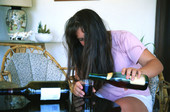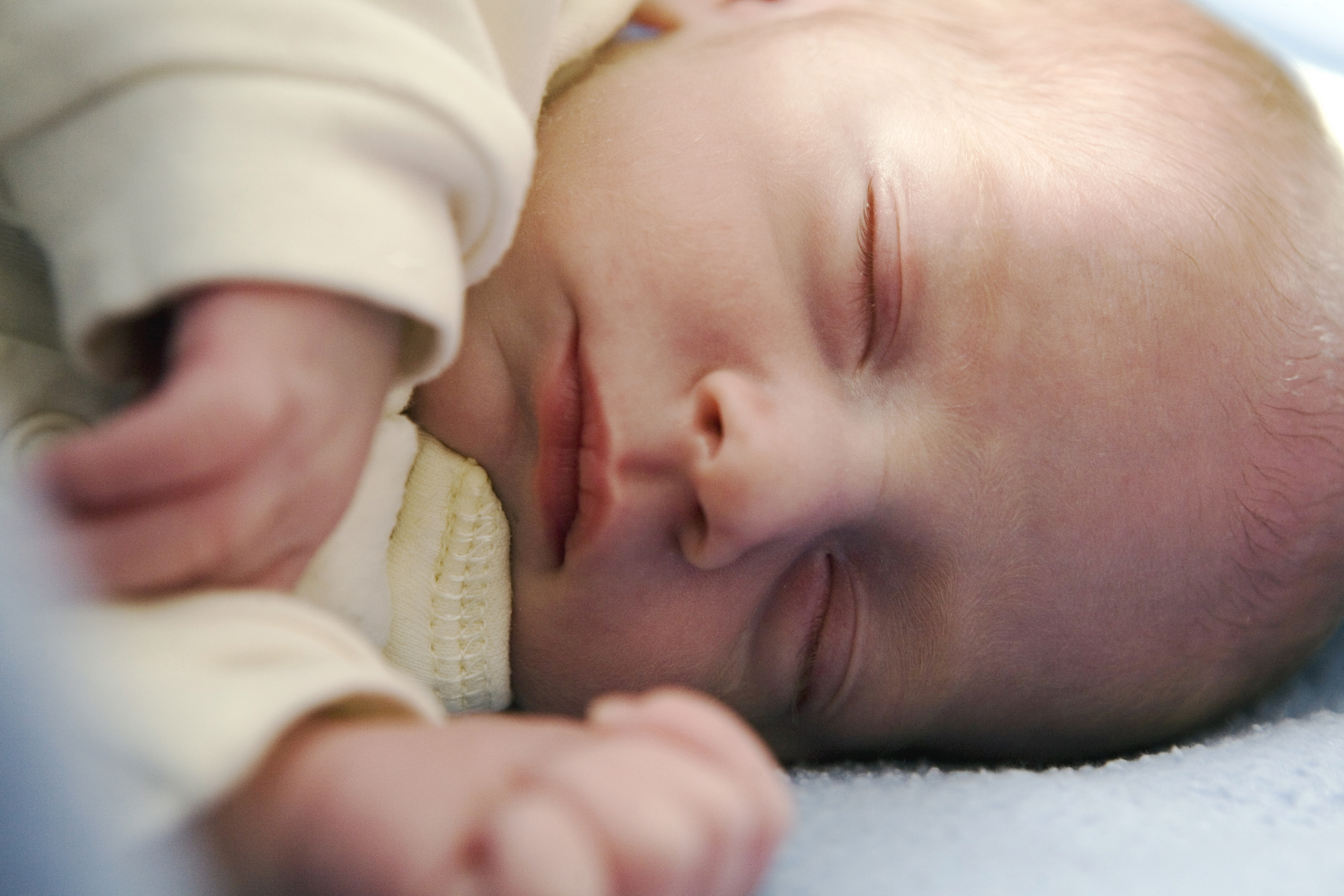
THURSDAY, Feb. 17 (HealthDay News) — Some 709,000 youngsters aged 12 to 14 in the United States are drinking beer, liquor and other alcoholic beverages, a new federal study found.
And the surprise is that many of these underage drinkers aren’t just getting a friend to buy a six pack for them or smuggling alcohol out of the family liquor cabinet. Some are getting the alcohol directly from a parent, guardian or another adult relative.
In the past month alone, more than 200,000 kids were given alcohol by a parent or other adult family member, according to a report from the U.S. Substance Abuse and Mental Health Services Administration (SAMHSA).
That’s not counting the youngsters who are drinking on the sly.
“About 5.9 percent of 12- to 14-year-olds have used alcohol in the past month,” said Peter Delany, director of SAMHSA’s Center for Behavioral Health Statistics and Quality. “That’s a pretty large number.”
“And almost all of these kids got that alcohol for free,” he said.
In fact, about 45 percent got alcohol from a parent or other family member or they took it from their home without permission, Delany added.
About 15 percent of these kids just took the liquor, but 15.7 percent got it directly from that parent or guardian and another 14 percent got it from another relative, he said.
Why parents are giving their kids alcohol isn’t clear, Delany said. “Anecdotally, parents say, ‘Well, at least they are drinking at home and not on the street, or at least they are not smoking marijuana’ — all kind of silly things,” he said.
“If you want to have a big impact on preventing problems with youth alcohol use, it starts at home,” he said. “This is a wholly preventable behavior.”
Delany suggests locking up all the liquor at home and never giving any to young children.
Although some parents may not realize it, being a regular drinker as a teen can have serious consequences in adulthood, Delany said.
“If you drink alcohol before the age of 15 you are about five times more likely to experience a serious problem with alcohol or other drug use at or after the age of 21,” he explained. “That’s why so many prevention programs are trying to delay kids from using alcohol, because the older you are [when you start drinking], the more judgment you have, and the less likely you are to develop problems later in life.”
According to the National Institute on Alcohol Abuse and Alcoholism, approximately 5,000 youngsters and teens under the age of 21 die each year as a result of underage drinking, including deaths from falls, burns and drowning. Frequent binge drinkers who are underage are also more likely to get D’s and F’s in school and to engage in risky sexual and drug-taking behavior.
“We have to start talking to our kids about this issue. Talk to them all the time — it’s not a onetime discussion,” Delany added.
Delany noted the data on very young drinkers came from the 2006 to 2009 National Surveys on Drug Use and Health, which involved responses from more than 44,000 respondents aged 12 to 14. The sample was from across the country and included families from a variety of socioeconomic groups.
Dr. Gwen Wurm, an assistant professor of clinical pediatrics at the University of Miami Miller School of Medicine, said, “This is something we have known: kids do get their alcohol at home.”
“As parents we need to guide our children into the kind of appropriate choices they can be making,” she said.
Being open and honest about what alcohol is and its dangers to the developing brain should be an important part of the discussion, Wurm said. In addition, she said, parents need to include alcohol as part of the discussion about drugs and sex.
Another expert, David Jernigan, an associate professor at the Bloomberg School of Public Health at Johns Hopkins University, places much of the blame for making drinking “cool” to kids on the liquor industry.
“Youth exposure to alcohol advertising on television increased 71 percent between 2001 and 2009,” he said. Kids are seeing about one advertisement for alcohol a day. “That’s a great thing [if the ads are about] vitamins, but not so great for alcohol.”
Jernigan thinks alcohol advertising should be restricted to venues where 12- to 20-year-olds make up only a small percentage of the viewing audience.
Parents need to play a lead role in preventing their kids from drinking, “but frankly, they could use a little more help from the alcohol industry,” he said.
More information
For more information on underage drinking, visit the U.S. National Library of Medicine.

